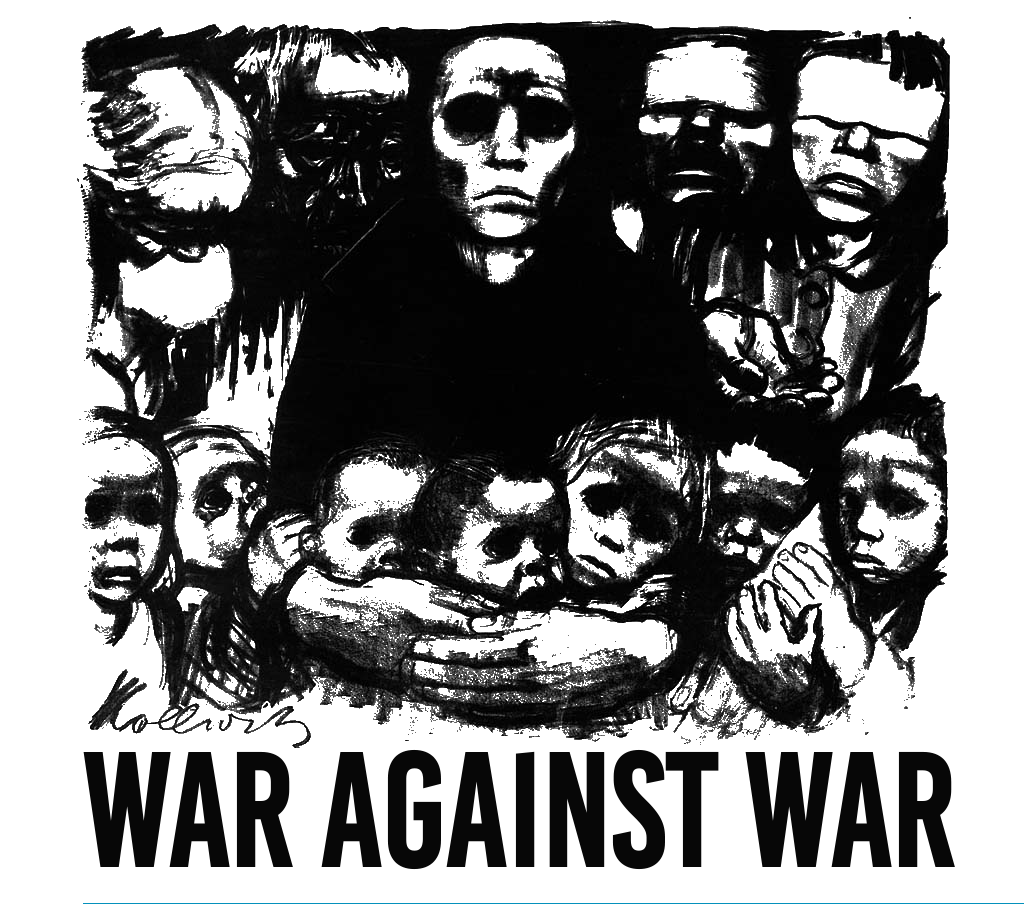This article presents a theoretical model of conflict between two parties in a two-sector economy. In a ‘contested’ sector, they struggle to appropriate the maximum possible fraction of a contestable output. In an ‘uncontested’ sector, they hold secure property rights over the production of some goods. Parties split their resource endowment between ‘butter’ and ‘guns’ (in the contested sector) and ‘ice cream’ (in the uncontested sector). The model predicts that the optimal level of ‘guns’ depends positively on the price of ‘butter’ and negatively on the price of ‘ice cream’. Theoretical results are tested by means of a panel analysis of sub-Saharan African countries for the period 1980–2017. The results show that international prices of manufactures (interpreted as the uncontested ice cream sector) are negatively associated with arms imports and military expenditure, so confirming the theoretical prediction. In addition, world prices of some commodities are positively associated with arms imports and military expenditure.
This was originally published on SAGE Publications Ltd: Journal of Peace Research: Table of Contents.
